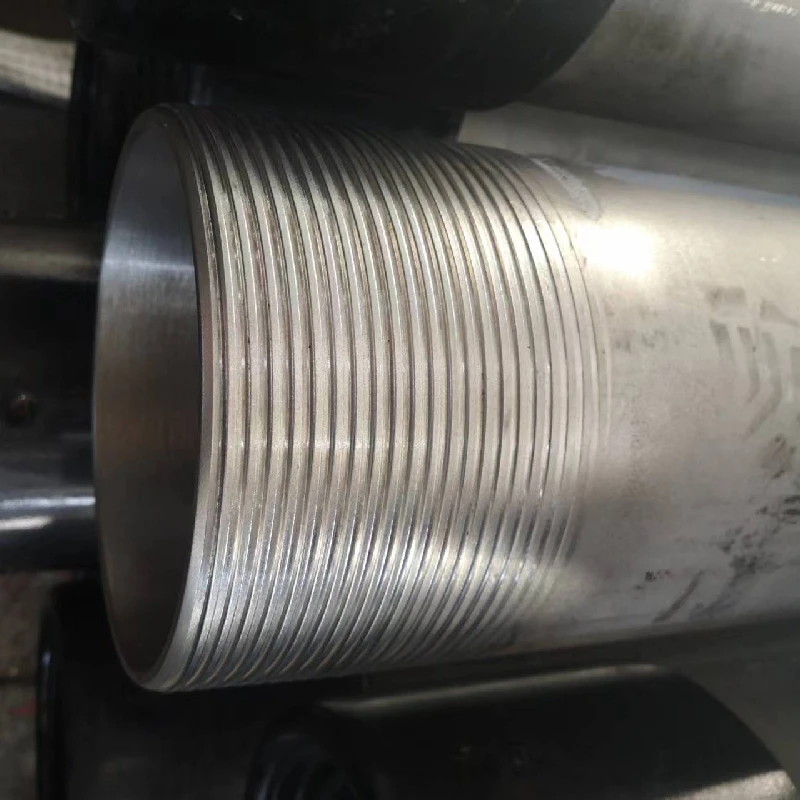- Afrikaans
- Albanian
- Amharic
- Arabic
- Armenian
- Azerbaijani
- Basque
- Belarusian
- Bengali
- Bosnian
- Bulgarian
- Catalan
- Cebuano
- Corsican
- Croatian
- Czech
- Danish
- Dutch
- English
- Esperanto
- Estonian
- Finnish
- French
- Frisian
- Galician
- Georgian
- German
- Greek
- Gujarati
- Haitian Creole
- hausa
- hawaiian
- Hebrew
- Hindi
- Miao
- Hungarian
- Icelandic
- igbo
- Indonesian
- irish
- Italian
- Japanese
- Javanese
- Kannada
- kazakh
- Khmer
- Rwandese
- Korean
- Kurdish
- Kyrgyz
- Lao
- Latin
- Latvian
- Lithuanian
- Luxembourgish
- Macedonian
- Malgashi
- Malay
- Malayalam
- Maltese
- Maori
- Marathi
- Mongolian
- Myanmar
- Nepali
- Norwegian
- Norwegian
- Occitan
- Pashto
- Persian
- Polish
- Portuguese
- Punjabi
- Romanian
- Russian
- Samoan
- Scottish Gaelic
- Serbian
- Sesotho
- Shona
- Sindhi
- Sinhala
- Slovak
- Slovenian
- Somali
- Spanish
- Sundanese
- Swahili
- Swedish
- Tagalog
- Tajik
- Tamil
- Tatar
- Telugu
- Thai
- Turkish
- Turkmen
- Ukrainian
- Urdu
- Uighur
- Uzbek
- Vietnamese
- Welsh
- Bantu
- Yiddish
- Yoruba
- Zulu
Hexagonal Head Bull Plug for Secure Connections and Optimal Performance in Fluid Systems
Exploring the Intricacies of Hex Head Bull Plugs
In the diverse world of industrial hardware, specific components play vital roles in ensuring machinery functions optimally. One such component is the hex head bull plug, a piece of equipment often overlooked yet integral to various applications. This article delves into the features, uses, and benefits of hex head bull plugs, shedding light on their significance in today’s industrial landscape.
Understanding the Hex Head Bull Plug
The hex head bull plug is a type of plug designed for various piping and conduit systems. A key feature of its design is the hexagonal head, which provides a larger gripping surface for wrenches, making installation and removal easier and more efficient. Typically constructed from materials like brass or stainless steel, these plugs are durable and resistant to corrosion, making them ideal for use in harsh environments.
The “bull” designation refers to the type of plug that is generally used to seal off openings in pipelines, effectively preventing the flow of fluids or gases. These plugs are particularly beneficial in applications where maintenance or service may be required, as they can be easily removed and replaced without the need for extensive disassembly of surrounding components.
Applications of Hex Head Bull Plugs
Hex head bull plugs are utilized across a wide range of industries, including oil and gas, water supply, HVAC (heating, ventilation, and air conditioning), and general manufacturing. In the oil and gas sector, for instance, these plugs can be found sealing off access points in pipelines, ensuring that no leakage occurs, which is critical for both safety and efficiency.
In HVAC systems, hex head bull plugs can close off unused ports or openings in heat exchangers and other equipment, maintaining system integrity and improving energy efficiency. They can also be found in plumbing systems where they provide a temporary seal during installation or maintenance tasks.
hex head bull plug

Moreover, these plugs come in various sizes and pressure ratings, allowing them to suit a multitude of applications. Whether it is a small residential plumbing project or a large industrial installation, there is likely a hex head bull plug designed to meet the requirements.
Advantages of Using Hex Head Bull Plugs
One of the primary advantages of using hex head bull plugs is their ease of installation and removal. The hexagonal shape allows for a solid grip, which reduces the likelihood of slipping during tightening or loosening. This feature is especially important in high-pressure systems where leaks can have significant consequences.
Additionally, the robust materials used in manufacturing these plugs ensure a long service life, reducing the need for frequent replacements. This durability translates into cost savings for businesses, as it minimizes downtime and maintenance expenses associated with leaks or failures.
Another benefit is the versatility of hex head bull plugs. Their ability to work in various environments and with different media—whether it is water, oil, or gas—makes them a go-to solution for many technicians and engineers.
Finally, by providing a reliable sealing solution, hex head bull plugs also contribute to overall system safety. Preventing unintentional fluid or gas leaks not only protects equipment but also enhances safety protocols in workplaces, ensuring compliance with environmental standards.
Conclusion
In conclusion, hex head bull plugs may seem like small components within the vast realm of industrial hardware, yet their significance cannot be overstated. Their unique design and broad applicability make them indispensable for maintaining the efficiency and safety of various systems. As industries continue to evolve and demand more sophisticated solutions, the role of components like hex head bull plugs will undoubtedly grow, highlighting the importance of understanding and utilizing such critical hardware. Whether in an oil field or a manufacturing plant, these plugs ensure that systems run smoothly and safely, reinforcing their status as unsung heroes in industrial applications.
-
Well Casing Extension Couplings – Applications and InstallationNewsJun.06,2025
-
Types of Crossover Subs in Drilling & CompletionNewsJun.06,2025
-
Key Features of High-Quality Tubing Pup JointsNewsJun.06,2025
-
Installation and Maintenance Tips for Steel Couplings for PipeNewsJun.06,2025
-
How to Select the Right Pup Joint for Oil & Gas OperationsNewsJun.06,2025
-
Applications of Stainless Steel Pipe CouplingsNewsJun.06,2025







